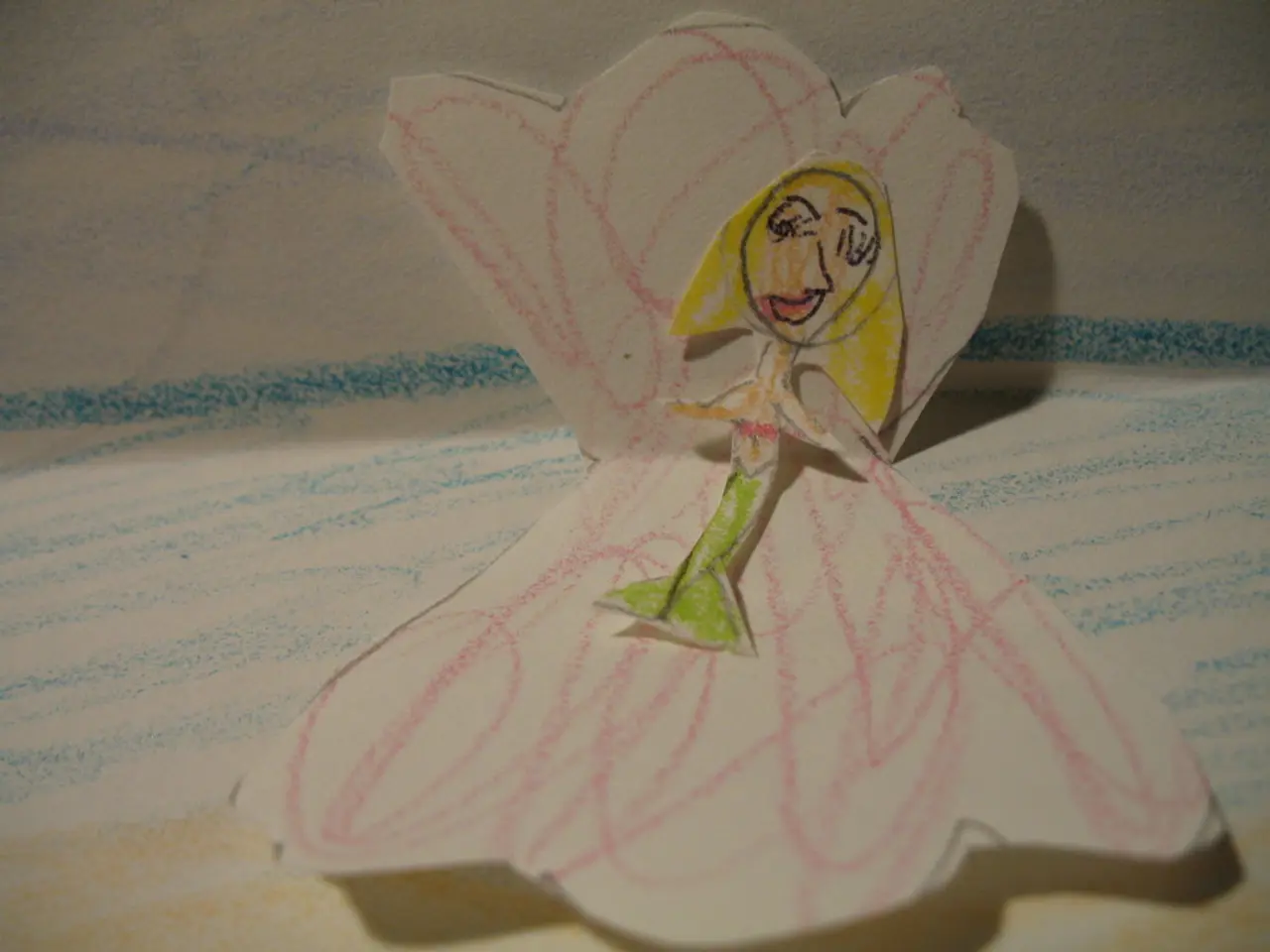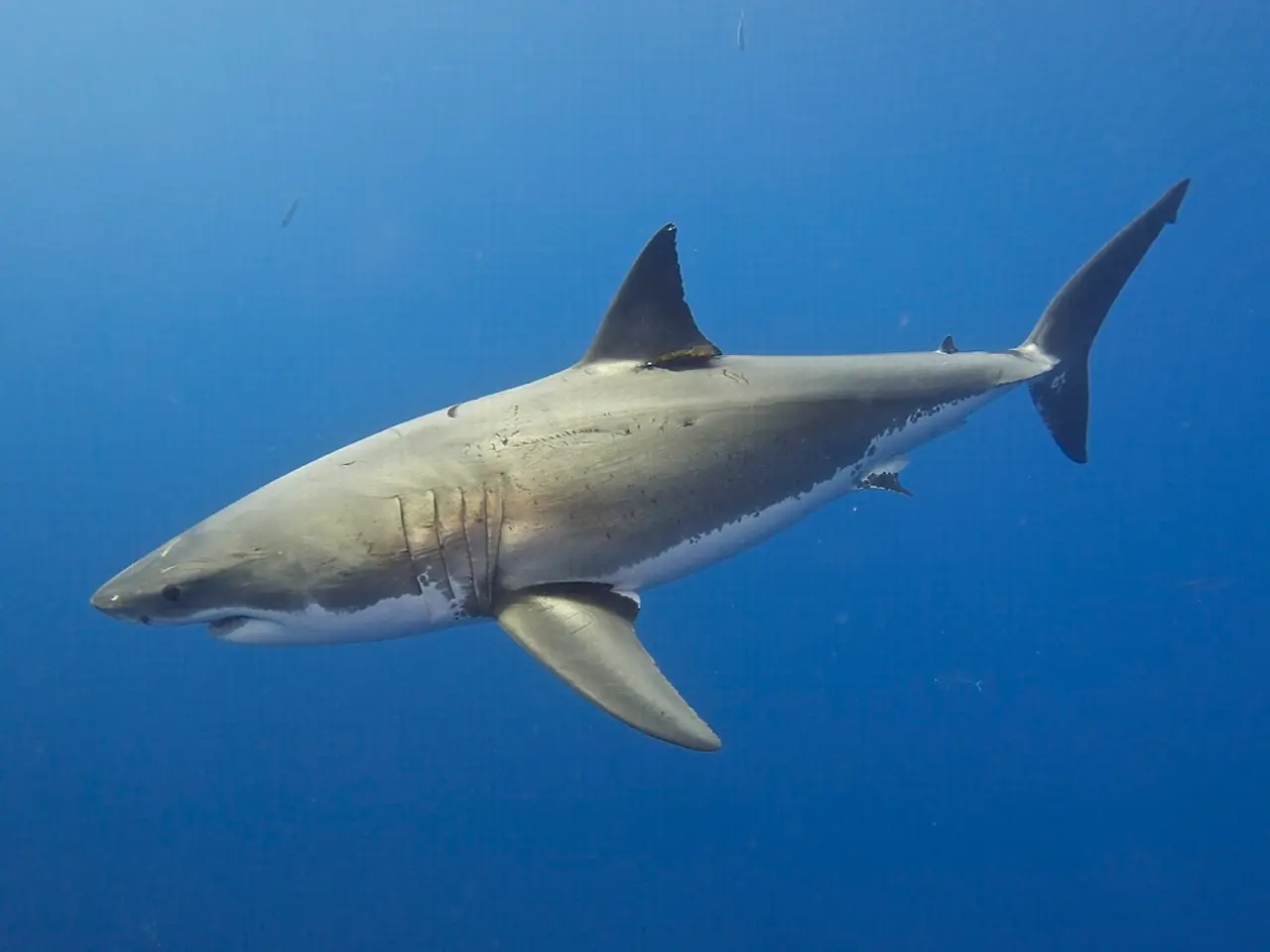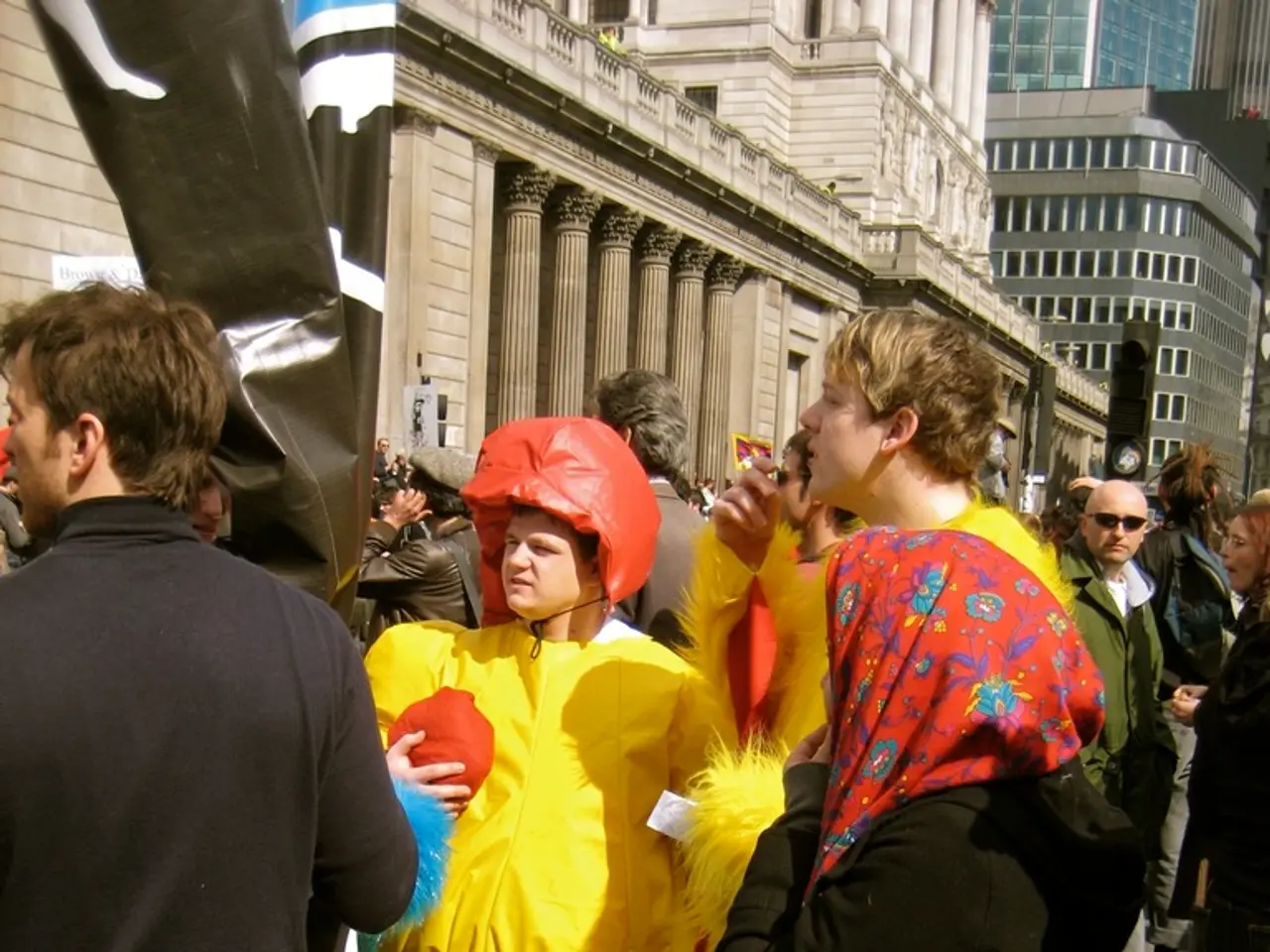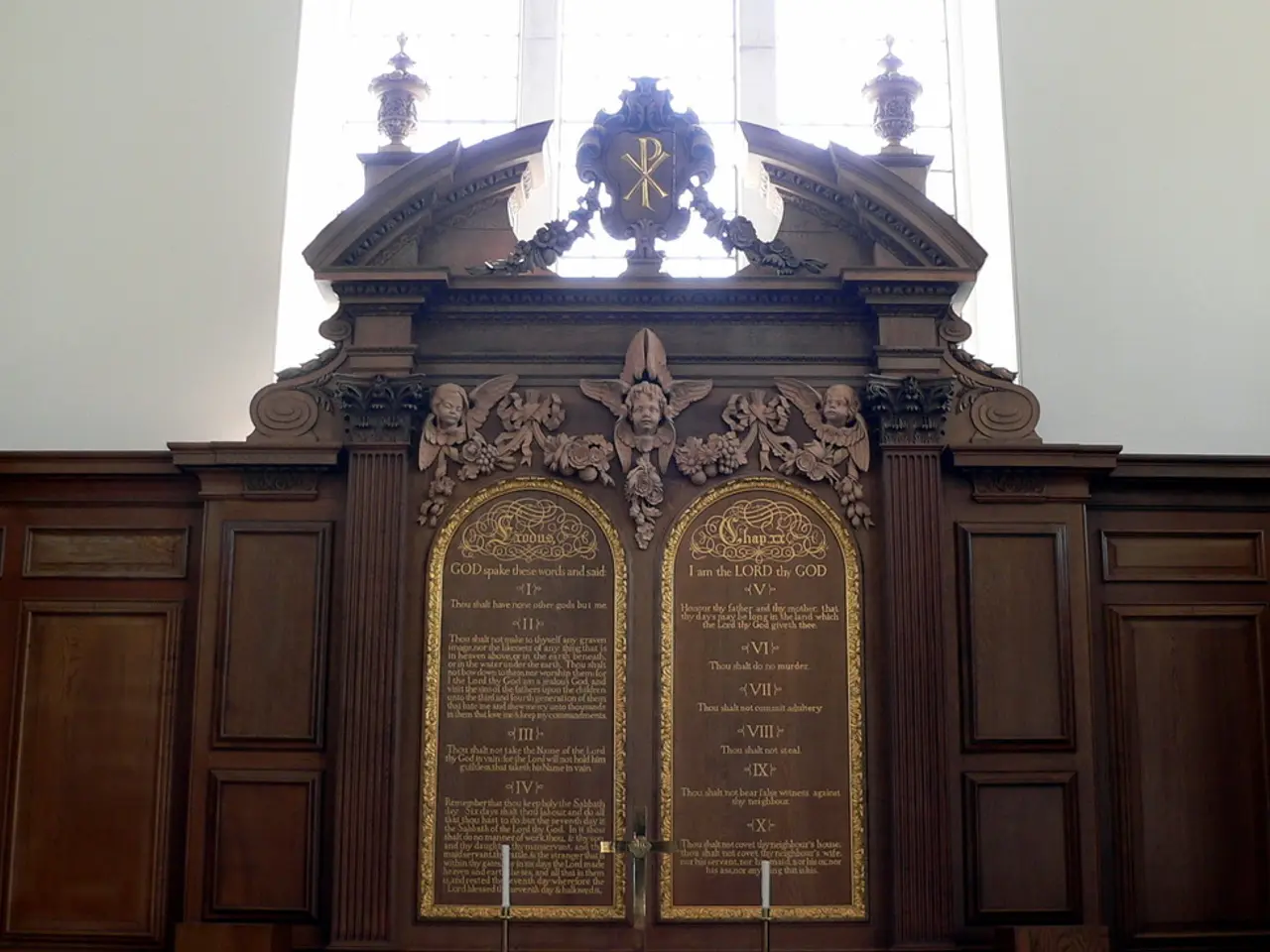Repeated Strain Sparking Creativity: Boundaries in Music and Visual Arts
In the realm of visual art and music, repetition is often seen as a necessary evil, stifling creativity. However, a closer look reveals that repetition can serve as a launchpad for innovation, fostering a level of engagement that allows viewers and listeners to truly absorb an artist's message.
This concept, known as "innovation through constraint," is based on the idea that creative limits can ignite inspiration by forcing artists to think outside the box and explore new possibilities within defined boundaries.
One of the key benefits of working under constraints is the focus and clarity it brings. By limiting the scope, artists are able to hone their skills and delve deeper into specific aspects of their craft. For example, composing a piece using only three chords forces musicians to emphasize melody and harmony in inventive ways, leading to unique and captivating compositions.
The creative constraints also push artists to find novel solutions, leading to unexpected and innovative outcomes. This process can result in unique artistic expressions that might not have emerged without these limitations.
Moreover, constraints can encourage experimentation, leading artists to explore different techniques and styles. For instance, Consequential, a notable artist, used unconventional methods like recording through earbud microphones, which led to a deeper understanding of sound and production techniques.
Working within constraints can also help artists define their unique style and voice. By operating within specific parameters, they are more likely to break free from traditional norms and explore their individuality.
Collaboration is another area where constraints can prove beneficial. When multiple artists work within the same constraints, their diverse interpretations can lead to innovative and collaborative art forms.
However, breaking free from these constraints can also lead to artistic freedom and self-discovery. Artists like Consequential have found success by refusing to be bound by genre or industry expectations, allowing their sound to evolve naturally over time.
The integration of AI and technology can further enhance the creative process under constraints. AI can provide new options and assist in exploring complex musical structures, allowing artists to focus on the artistic aspects of their work while still adhering to defined constraints.
In visual art, repetition can lead to a state of visual flow, characterized by stabilized eye movements, sharpened focus, and deepened emotional associations. A set canvas size, for example, forces inventive composition, while using a limited palette sharpens contrast and intention.
In conclusion, while constraints can spark innovation, they can also provide a framework for artists to hone their skills, explore new ideas, and define their unique style. By embracing these limitations, artists can push the boundaries of their craft and create truly captivating works of art.
Innovation through constraint, a concept in art and music, uses creative limits to ignite inspiration, leading artists to think outside the box and explore new possibilities. Working under constraints brings focus and clarity, allowing artists to hone their skills and delve deeper into specific aspects of their craft. This process can result in unique artistic expressions that might not have emerged without these limitations. Constraints can encourage experimentation, leading artists to explore different techniques and styles. Collaboration within constraints can lead to innovative and collaborative art forms. Breaking free from constraints can lead to artistic freedom and self-discovery. Integration of AI and technology can enhance the creative process under constraints, providing new options and exploring complex structures, allowing artists to focus on the artistic aspects while adhering to defined constraints. Repetition in visual art can lead to a state of visual flow, characterized by stabilized eye movements, sharpened focus, and deepened emotional associations.





